You have heard of the carbon footprint…but what about the water footprint? We all use water every day to drink, cook, wash, flush and water the land. But just 5% of our daily water footprint is from use in home and garden. The food we eat, the stuff we buy, the things we do and the trips we take uses the other 95%.
The average American uses 100 gallons per day at home, but indirectly consumes 2,000 gallons of water every day. Of that, our daily food takes 1,000 gallons of water to produce!
How can we change our diet to reduce our water footprint?
 Water Footprint: Beef and Dairy
Water Footprint: Beef and Dairy
Beef has the highest water footprint of any food, needing 900 gallons to produce an 8oz steak. And beef takes six times the amount of water as lentils to produce the same amount of protein. In contrast, vegetables use only 20 gallons of water and grains just 60 gallons to produce half a pound.
The problem is not the water that the animals drink, but the fact that we need to grow crops to feed them. For example, a dairy cow eats 6 pounds of alfalfa hay to produce one gallon of milk. That alfalfa needs 683 gallons of water to grow! Beef and dairy cattle use over half the water required in global livestock production. 98% of that water is used in growing their feed.
The water footprint of a vegetarian diet is 600 gallons a day, 40% less than a meat-eaters diet. As an added benefit, a vegetarian diet also has a much lower carbon footprint than a meat-eaters diet.
Water Footprint: Processed Foods
Water is used very wastefully in the making of processed foods. A half-liter bottle of soda is not just a half-liter of water with added ingredients. That small bottle needs around 200 liters of water to make, 400 times the amount of liquid in the bottle!
One apple needs 18 gallons of water but a cup of apple juice needs 60 gallons of water. I am happy to report that a glass of wine has a low water footprint of 30 gallons and a pint of beer just 40 gallons. A simple Margarita Pizza has a water footprint of 330 gallons. A plain hamburger needs 630 gallons of water to produce.
As you can see, moving away from processed foods is a great step in reducing your water footprint.
Water Footprint: Food Waste
It is the sad truth that the average family throws away about a third of the food that they buy. Let’s say the average family is two adults and two kids. Their water footprint for food for one day is 4,000 gallons, for one week 28,000 gallons and for one year nearly one and a half million gallons. If they throw away a third of that, that’s nearly half a million gallons of water being wasted every year!
So reducing waste also reduces your water footprint and your food bill too.
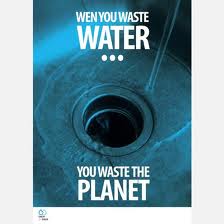 Water Footprint: Global Problem
Water Footprint: Global Problem
The world is facing an uphill battle to feed its growing population. Climate change is causing drought and extreme weather in many agricultural centers such as California and Eastern Australia.
Water is needed for everything we eat and drink.
Save water…save the planet!
Thanks to Waterfootprint.org for many of these facts.
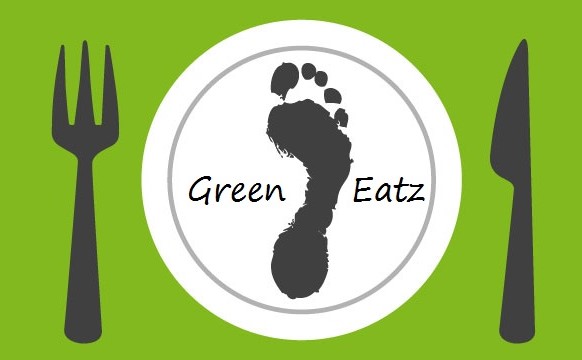
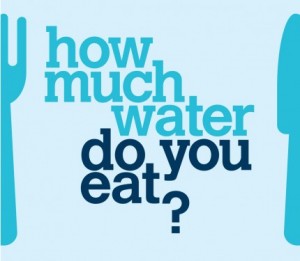

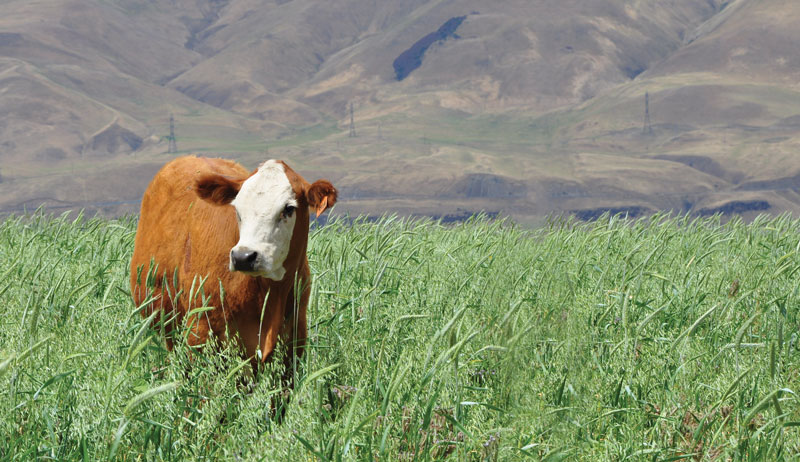

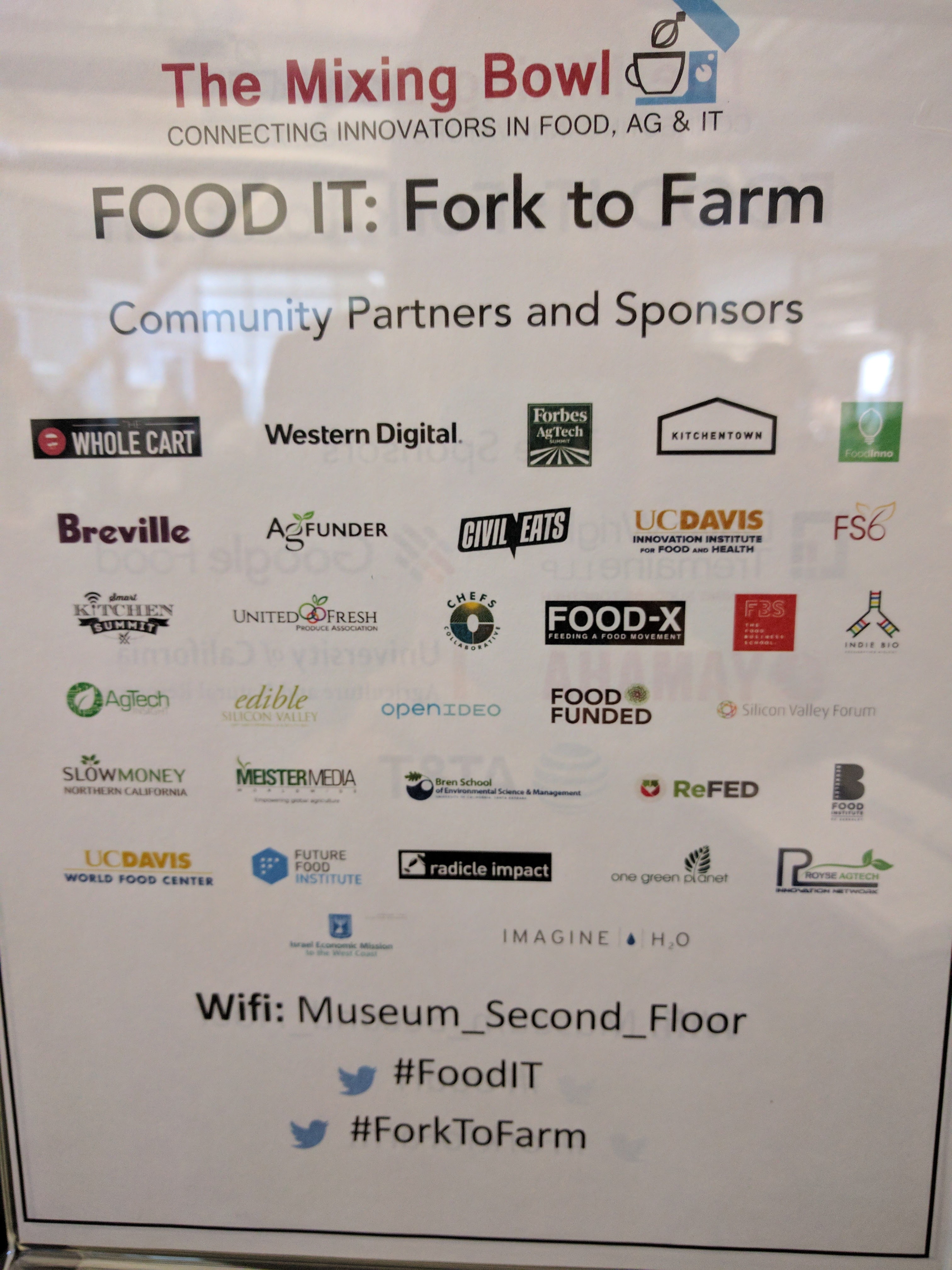


Hi, I am searching for peer reviewed sources 2017-2018 supporting the idea that the food and beverage industry is a large consumer or the 2nd largest consumer of water. I have exhausted Google Scholar searches, Ebscohost, Proquest and the like. I know the F&B industry uses a great deal of water, but finding the water footprint sources is very challenging. If you know of published/peer reviewed material that can support my statements, I would be grateful for any guidance/links you are willing to provide. Thank you, CW
Hi Chris – I found many of these facts on waterfootprint.org, so I would suggest looking there first. You could also check out the UN report Livestock’s Long Shadow, which assesses the impact of meat and dairy on the environment. Regards Jane of Green Eatz.